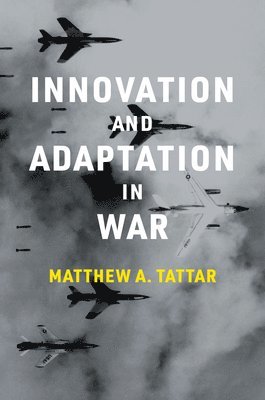Kommande

549:-
- Format: Pocket/Paperback
- ISBN: 9780262544856
- Språk: Engelska
- Utgivningsdatum: 2025-05-20
- Förlag: MIT Press Ltd

